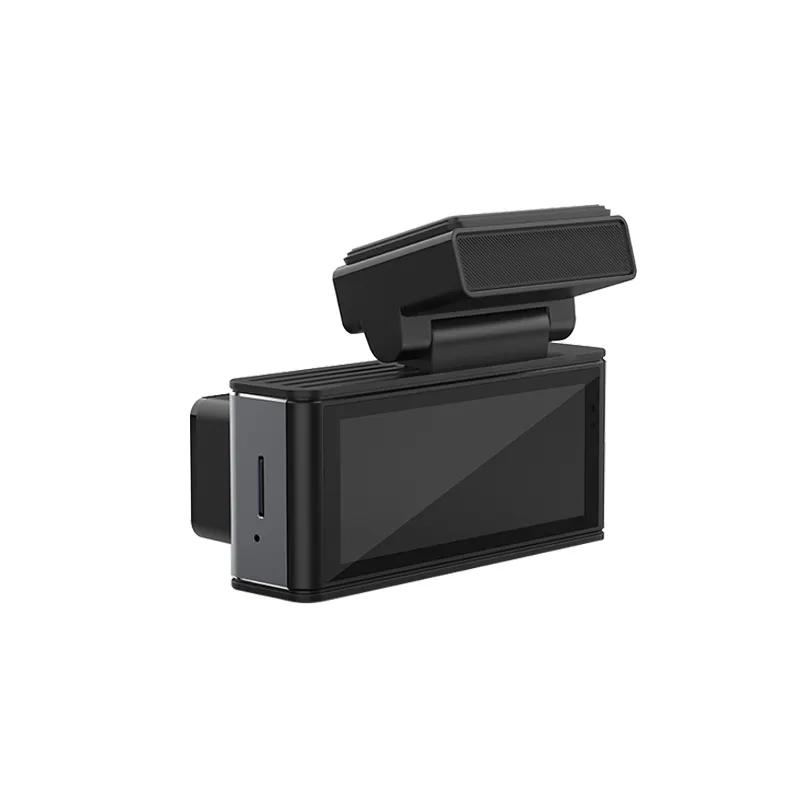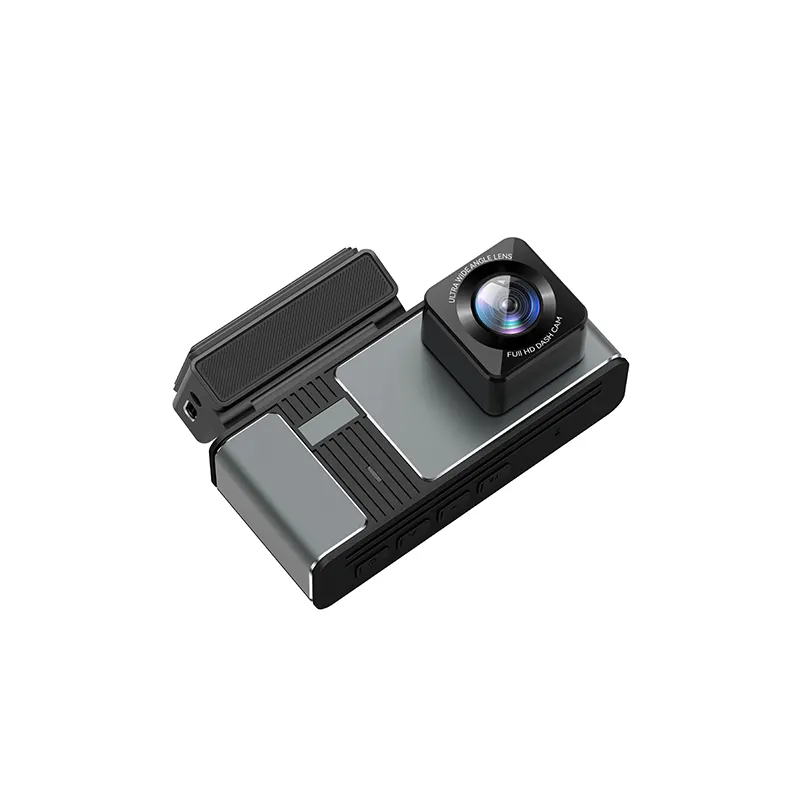Overview and Decision Criteria
Choosing between a traditional dash cam and an AI Dash Cam requires understanding how each aligns with operational goals. This article lays out the practical differences, trade-offs, and decision points to help fleets and individual drivers choose wisely. This gives managers and drivers clearer context and helps avoid misunderstandings after incidents. In practice, these differences influence procurement, training, and maintenance decisions across operations. Operational realities, such as route complexity and driver turnover, shape which features matter most. Considering total cost of ownership, including subscriptions and support, is vital for long-term success. Regular updates and vendor responsiveness often determine how well detection models keep pace with changing traffic patterns. An AI Dash Cam provides enhanced situational awareness.
Practical Overview of Dash Cam Choices
Core purposes of each device
Traditional dash cams focus on continuous video capture for evidence, while an AI Dash Cam layers on-device intelligence to analyze scenes and issue timely alerts. This distinction changes how organizations react: one records, the other warns and records. The additional analytics from an AI Dash Cam support proactive policies and targeted coaching. Managers must weigh simplicity versus active assistance when selecting devices.
Primary users and scenarios
Private drivers often choose traditional units for affordability and simplicity; fleets and safety-conscious operators favor AI Dash Cam systems for proactive risk reduction. Small fleets may start with basic units and evolve to AI Dash Cam solutions as needs grow. For high-risk routes or high-value cargo, the added intelligence of an AI Dash Cam delivers measurable benefits.

Technical Comparison
Hardware and sensors
Traditional devices typically rely on a camera and basic sensors; an AI Dash Cam may include higher-quality optics, IMUs, GPS, and more powerful processors to run vision models. These hardware differences influence low-light performance, durability, and parking mode reliability. When choosing, confirm sensor specs and environmental ratings for expected operational conditions.
Processing and algorithms
An AI Dash Cam processes frames on-device, using optimized models for object detection, lane tracking, and event scoring, whereas traditional units primarily store raw footage. Model accuracy, update cadence, and edge computing efficiency determine how well an AI Dash Cam performs in real-world variability. Software support is as important as hardware capability.
Feature Comparison
Alerting and driver assistance
An AI Dash Cam issues alerts for lane departures, forward collisions, and nearby pedestrians, offering active assistance rather than passive recording. These alerts change driver behavior in measurable ways and can prevent near-misses. Alert design—visual, auditory, or haptic—also influences whether drivers respond appropriately.
Recording, tagging, and retrieval
While both record video, AI Dash Cam systems add metadata, event tagging, and prioritized clips to simplify post-incident review and analytics. Searchable logs and clip prioritization save time for safety teams and insurers. Automated tagging reduces manual work and enables faster root-cause analysis.
Safety and Operational Impact
Preventive effects on driving behavior
By issuing timely alerts, AI Dash Cam units encourage better following distances and lane discipline, leading to fewer near-misses over time. The presence of such devices also nudges drivers toward safer habits, especially when coaching follows incident reviews. Over weeks and months, aggregated behavior changes can become statistically significant.
Value for fleet risk management
Aggregated data from AI Dash Cam deployments helps identify hotspots and repeat behaviors, enabling targeted interventions that reduce incident frequency. Route-level insights support scheduling, route redesign, and driver assignment changes that lower exposure. This kind of strategic use of AI Dash Cam data shifts safety management from reactive to proactive.
Evidence and Claims Handling
Footage integrity and context
An AI Dash Cam typically locks event clips and appends sensor logs that provide a clear timeline and context for incidents. Timestamps, GPS data, and g-force logs combine with video to build a robust evidentiary package. These practices make footage more defensible in disputes.
Faster investigations and settlements
Clear video combined with metadata shortens investigation time and helps insurers reach conclusions more quickly. For fleets, this translates into lower legal expense and faster vehicle return to service. Streamlined claims handling is a recurring operational benefit of AI Dash Cam systems.
Cost and Total Ownership
Upfront costs and subscriptions
Traditional dash cams often carry lower initial prices, while AI Dash Cam solutions may include subscription fees for cloud services and analytics. Budget planners should itemize hardware, installation, subscription, and maintenance costs. Total cost of ownership depends on fleet size and desired features.
Calculating ROI
Consider long-term savings from fewer accidents, lower premiums, and reduced administrative time when evaluating an AI Dash Cam investment. Track incident metrics before and after deployment to quantify benefits. Many fleets report payback within months to a few years depending on incident rates.
Installation and Maintenance
Mounting and power requirements
Both device types need correct placement for unobstructed views; AI Dash Cam systems may require hardwiring or additional power for parking mode. Proper mounting reduces false positives and ensures lane detection works reliably. Plan for professional installation where necessary.
Firmware updates and support
AI Dash Cam vendors usually provide frequent firmware and model updates to improve detection accuracy over time. Regular maintenance includes checking mounts, cleaning lenses, and monitoring device health through vendor portals. Good vendor support matters for long-term uptime.
Privacy, Compliance, and Policy
Data governance and access controls
AI Dash Cam solutions commonly include encryption and role-based access to protect sensitive footage and comply with regulations. Configurable retention windows and audit logs help meet local data protection requirements while keeping useful evidence available.
Driver communication and consent
Transparent policies and training help ensure drivers understand how footage is used and build trust in the monitoring program. Engaging drivers early and offering clear remedies for privacy concerns improves program acceptance and reduces pushback.
Choosing for Small Operations
Simplicity and budget considerations
Small fleets or independent drivers may prioritize straightforward recording and low cost, where traditional dash cams fit well. Simpler setups reduce administrative overhead and require less change management than full AI Dash Cam rollouts.
Incremental upgrades and hybrid approaches
A phased approach lets small operators start with traditional units and selectively add AI Dash Cam features as needs evolve. Hybrid fleets can mix device types to balance budget and capability while proving value through pilots.
Choosing for Large Fleets
Scaling analytics and central management
Large operations benefit from AI Dash Cam integrations with telematics to centralize insights and manage vast amounts of footage efficiently. Aggregated dashboards show fleet-level trends and enable data-driven policy decisions.
Policy consistency and enforcement
Enterprise deployments require standardized policies, regular audits, and clear escalation paths to handle incidents consistently. Using AI Dash Cam data to power enforcement without surprise strengthens fairness and transparency.
Implementation Strategy
Pilot design and metrics
Pilot programs validate detection settings, measure baseline KPIs, and gather driver feedback before full rollouts. Design pilots to cover representative routes, vehicle types, and driver profiles to capture variability.
Training, coaching, and feedback loops
Use AI Dash Cam data to create targeted coaching programs and measure behavior changes over time. Establish feedback channels so drivers receive constructive guidance based on objective events.
Practical Tips for Deployment
Maintenance and health checks
Regular firmware updates, lens cleaning, and mount inspections keep detection reliable and reduce false alarms. Document maintenance schedules and include devices in vehicle checklists to ensure consistent performance.
Driver engagement and communication
Share aggregated success stories and anonymized metrics to show progress. Recognize safe drivers publicly and use AI Dash Cam data for constructive coaching rather than punitive measures.
FAQ
What is the main advantage of an AI Dash Cam
An AI Dash Cam adds on-device intelligence for real-time alerts and analytics, enabling preventive action and richer evidence.
Can an AI Dash Cam operate without internet
Yes, many AI Dash Cam systems perform detection locally and do not require continuous connectivity for real-time alerting.
Are traditional dash cams still effective
Traditional dash cams remain effective as evidence recorders and are often preferred for low-cost individual use cases.
How should fleets validate the choice
Run a pilot, measure KPIs like incident rates and claim resolution times, and gather driver feedback before scaling deployment.
Table of Contents
- Overview and Decision Criteria
- Practical Overview of Dash Cam Choices
- Technical Comparison
- Feature Comparison
- Safety and Operational Impact
- Evidence and Claims Handling
- Cost and Total Ownership
- Installation and Maintenance
- Privacy, Compliance, and Policy
- Choosing for Small Operations
- Choosing for Large Fleets
- Implementation Strategy
- Practical Tips for Deployment
- FAQ



